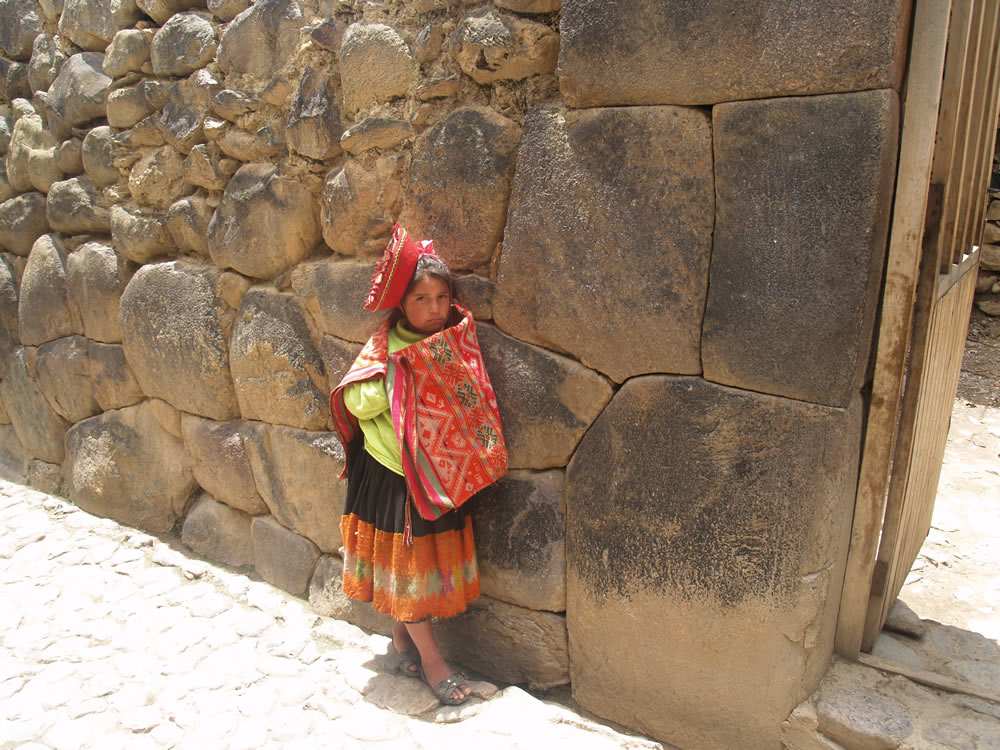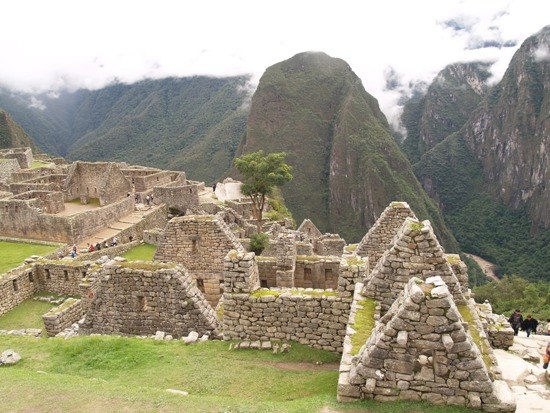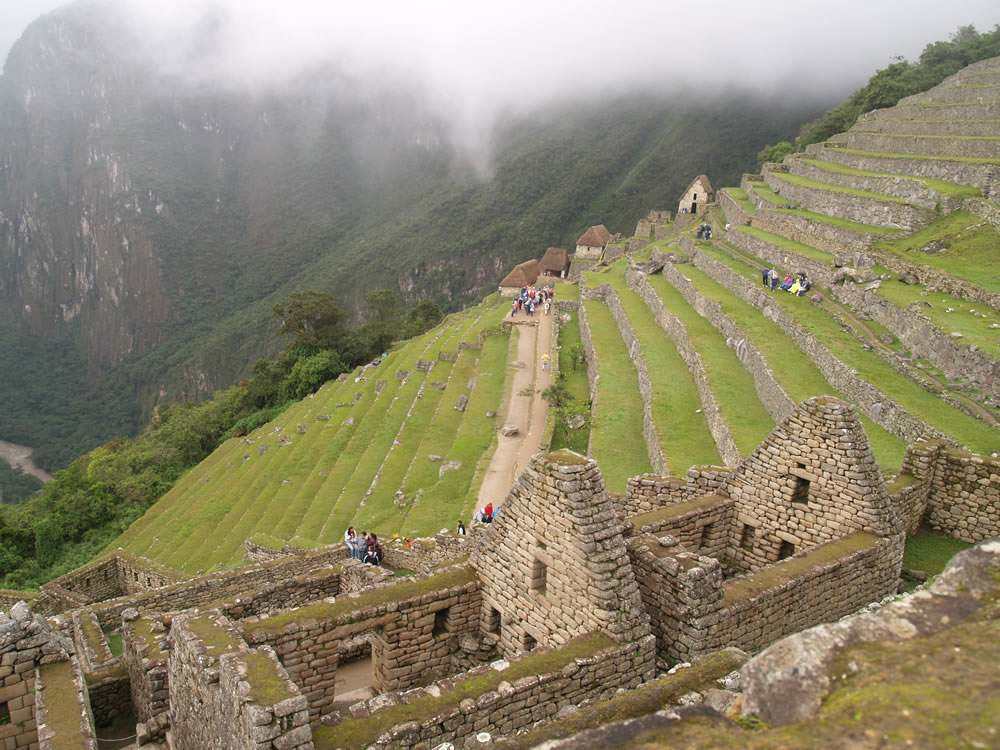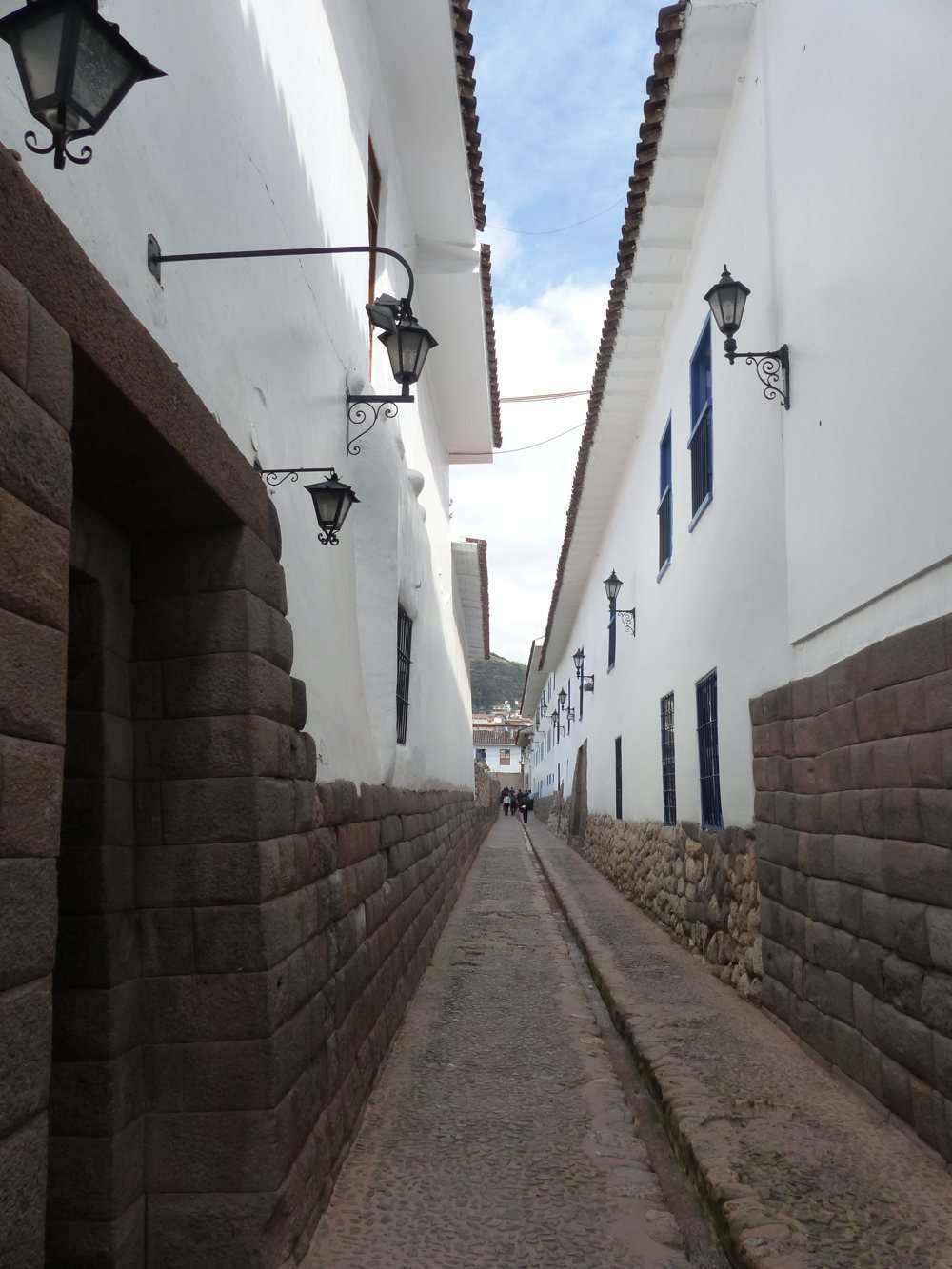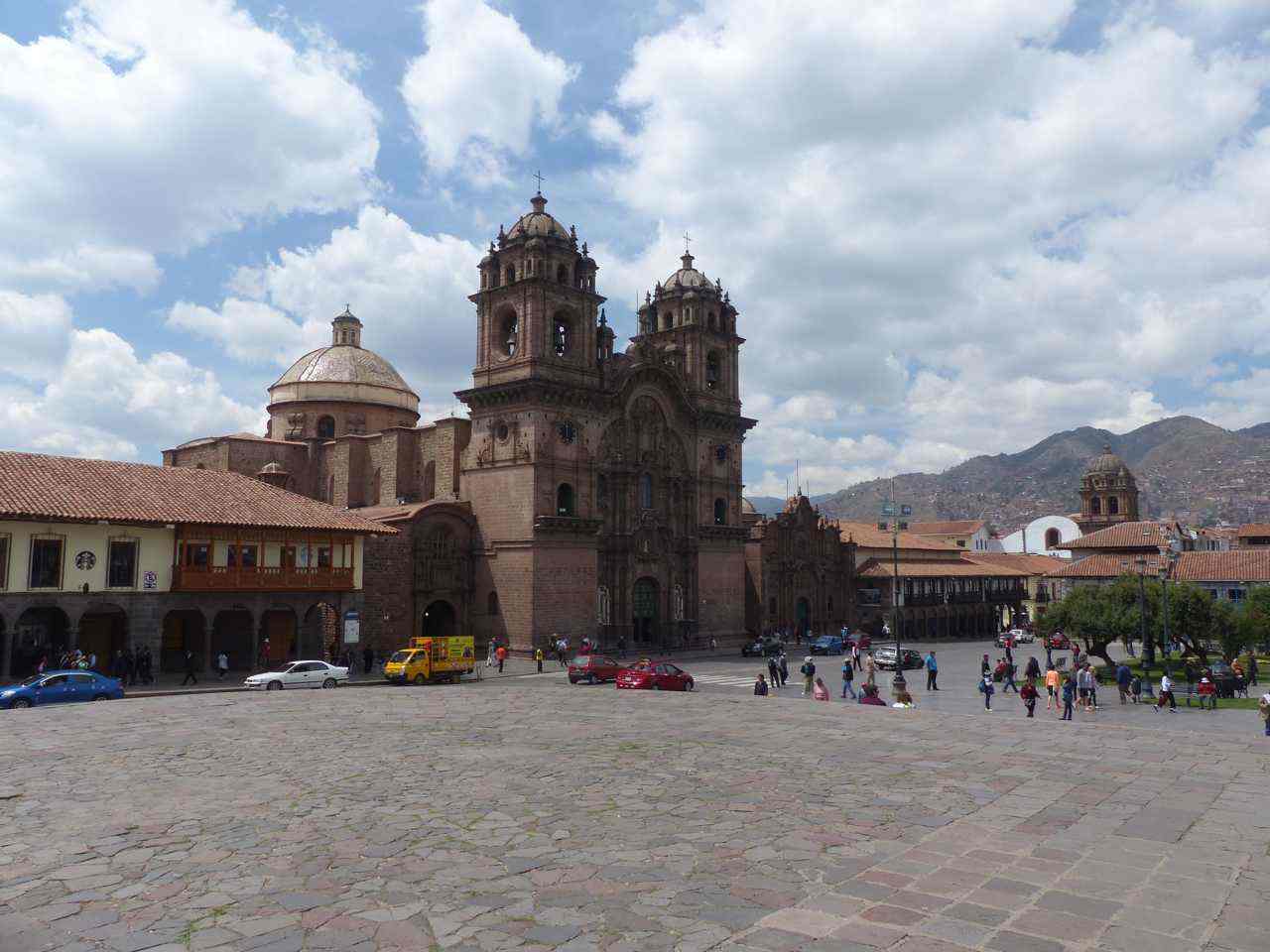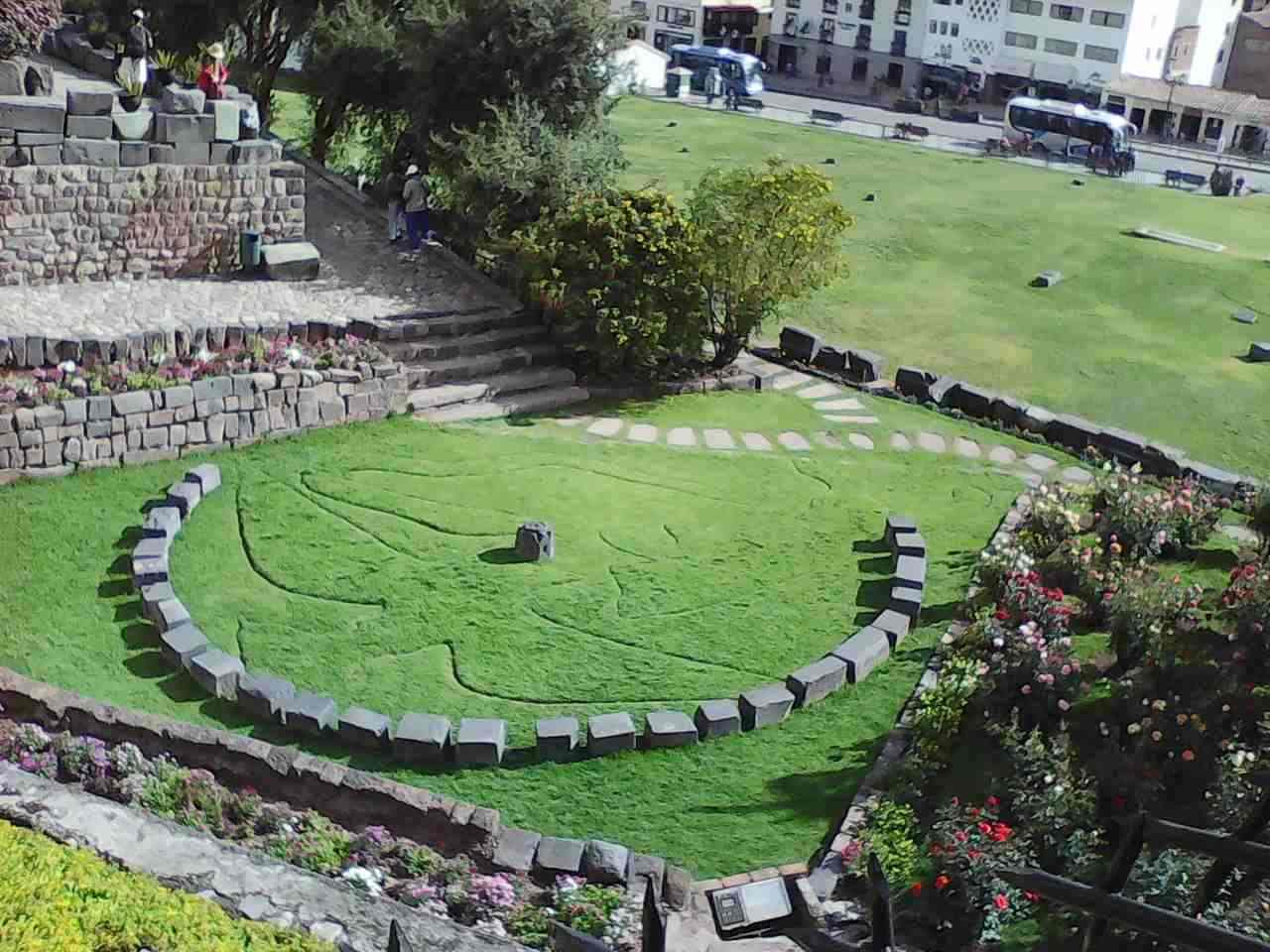|
Cusco (Qosqo in Quechua), means navel of the world, and is one of the most extensive regions of Peru. Its geographical location has allowed it to develop in its agriculture, highlighting the cultivation of corn, quinoa, barley, potatoes, tea and coffee. Nowadays Tourism is its main source of income, due to the great archeological wealth left by the Tahuantinsuyo Empire and the passage of the Spaniards. It is without a doubt, the city that preserves the most beautiful and important archaeological monuments of Peru and America, including Macchu Pichu, thus being the first tourist destination in our country, an important tourist destination for those who come to appreciate the impressive Inca architecture; made with originality and perfection the works in stone. In its surroundings there are many Inca and Colonial archaeological remains such as the archaeological complex of Macchu Picchu, located 130 km northeast of the city of Cusco, 600 m approx. over the Urubamba river. Within this Inca citadel a total of 150 homes are calculated; houses with only one room, highlighting the solar clock (or Intihuatana), an astronomical observatory that was built in a strategic place in the citadel, from where the Incas could observe the movements of the sun.
Among its main archaeological monuments we can mention the fortress of SacsayHuamán, Ollantaytambo, Písac, Kenko, the Acllahuasi, the archaeological site of Tambomachay, among other sites of archaeological and tourist importance. From the past of the Spaniards, important architectural remains of colonial style are still preserved, among them the Cathedral Basilica, the temple and the convent of La Merced, the church of the company of Jesus, the pulpit of San Blas, the churches of Santa Catalina , Santa Clara, San Cristóbal, Santo Domingo, museums and paintings of the Cusqueña School
|



